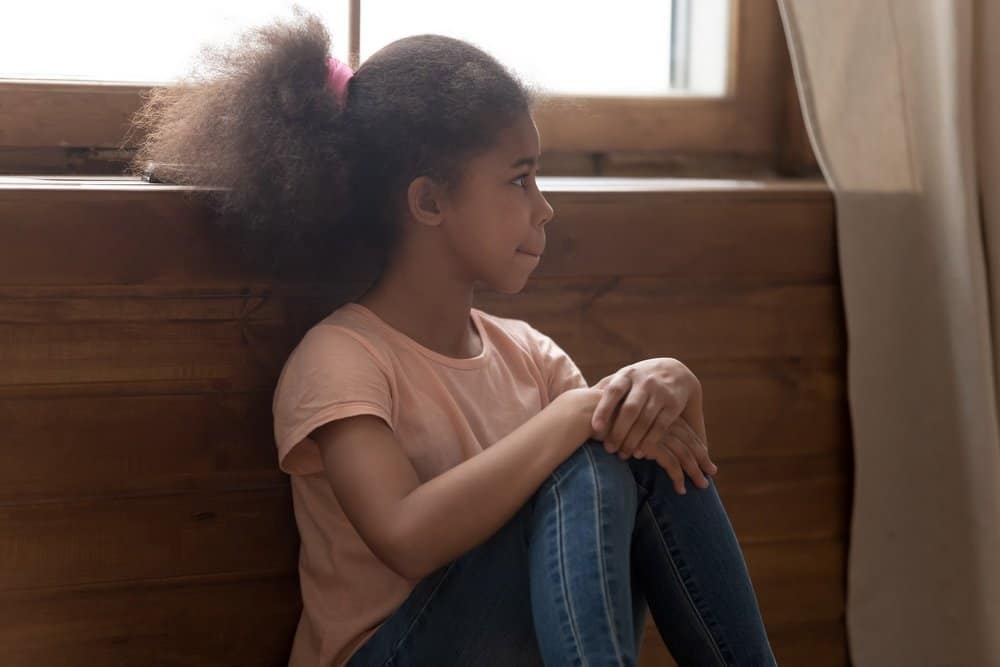AD | Featured By Dr. Tali Shenfield, Clinical Child Psychologist
Shyness is fairly common among preschoolers. Kids in this age group are still emerging from the “attachment phase” that typifies infancy, so it’s normal for them to get a bit anxious when they’re separated from their parents or placed in unfamiliar situations. For this reason, social anxiety can be difficult to identify in little kids: Where does natural shyness end and social anxiety begin? When should you seek professional help for your child?
To answer these questions, you’ll need to understand what separates social anxiety from shyness. You’ll also need to know which parenting techniques to try before you consider therapy.
How Does Social Anxiety Differ from Shyness?
Shyness is a mild form of social anxiety that rarely requires treatment, provided that the child in question is given ample support at home. Shy kids are hesitant to engage with others or venture into unfamiliar environments, but they can overcome their reservedness with encouragement. These kids are also capable of making friends on their own, though they often prefer to keep their social circle small.
Severe social anxiety, on the other hand, doesn’t always resolve on its own. Children with this condition experience crippling fear any time they’re in group situations. Sometimes, this fear is so intense that it interferes with normal activities; e.g., it prevents the affected child from going to school or forming friendships. Kids who suffer from social anxiety face an increased risk of depression, bullying, academic problems, and substance abuse in their teen years. Treating social anxiety early is necessary to prevent these unwanted outcomes.

4 Ways to Help Your Socially Anxious Child
Though kids with social anxiety sometimes require therapy to manage their condition, there’s a lot you can do at home to help your child thrive. The four parenting strategies outlined below will allow you to identify social anxiety in your child and help her overcome the challenges associated with this condition:
Pay attention to how your child behaves at preschool
Social anxiety often remains undiagnosed for years because many socially anxious kids behave well—and seem content—at home. Social anxiety is more evident at school (and in other situations where kids must interact with people outside the family unit). Watch how your child behaves around her teachers and peers:
Is she extremely hesitant to engage in conversation even when she’s alone with you and her teacher? Does she avoid making eye contact when speaking? Does she express her discomfort physically, e.g., by fidgeting a lot, trembling, or crying when she must socialise? Any of these behaviours can indicate the presence of social anxiety.
Kids with this condition also typically avoid participating in group activities, turn down invitations to parties, and complain of phantom ailments (like headaches and stomach aches) to escape social situations.
Support your child, but don’t shelter her.
When we see a small child struggling, we automatically want to protect her and make her comfortable. If you’re parenting a child with social anxiety, however, this urge may backfire: Becoming too protective can actually reinforce your child’s fears. Some actions, like allowing your child to hide behind you or speaking for her, send the message that social situations are legitimately dangerous—So dangerous that only mom or dad can handle them. Instead of doing these things, you should stand behind your child and gently encourage her to introduce herself when she meets new people. This way, you’ll be close enough to provide a sense of security, but your child will be firmly in control of the situation.
When your child does successfully introduce herself or engage in group play, take a moment to praise her. Say something like, “See? I knew you could do it! I’m so proud of you.” Showing your child that you believe in her ability to face her fears can be very empowering.
You should also pay attention to your own body language when your child is at preschool: If you show signs of tension, like walking hurriedly or gripping your child’s hand tightly, you’ll affirm your child’s fears. Model calm, confident behaviour and body language; this will both reassure your child and give her a positive example to follow.
Help your child “rehearse” before she enters new situations.
Imaginative play provides an excellent outlet for kids’ worries and fears; it can be used to teach them new skills and coping mechanisms, too. Before your child enters an unfamiliar social situation, let her rehearse it at home, either directly or via role-playing with stuffed toys. For instance, if your child is nervous about speaking in front of her class, you could put one of her toys in front of a group of other toys, then invite her to help the toy deliver a speech or participate in “show and tell.” Let your child repeat the activity until she gets bored; the more she practices, the more comfortable she will become.
Make an anxiety management plan with your child’s teachers and caregivers.
Anxious kids have a heightened need for consistency. Receiving the same messages from parents, caregivers (like relatives and babysitters), and teachers therefore maximises your child’s chance of overcoming her anxiety. Talk to the other adults in your child’s life and come up with a plan to help her socialize comfortably. Your plan should include clear goals and specific behaviour modification methods.

If you employ these four strategies and don’t see any improvement in your child’s symptoms, you should seek the advice of a doctor or mental health professional. Your child’s anxiety may be too severe to handle alone, or your child could be suffering from another disorder or learning disability. Some conditions, like Autism and ADHD, can easily be confused for social anxiety. Getting an accurate diagnosis will allow you to find the right treatment for your child, setting her on the path towards personal and social confidence.






























